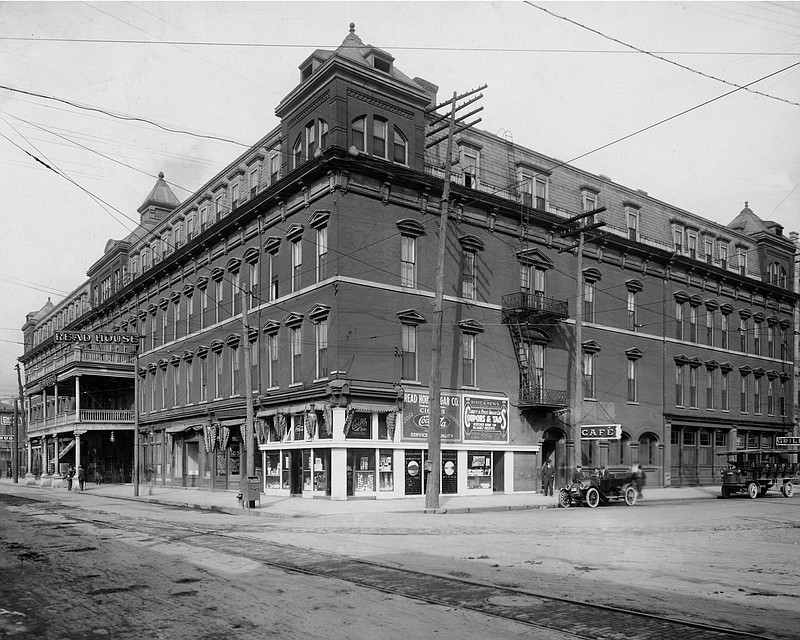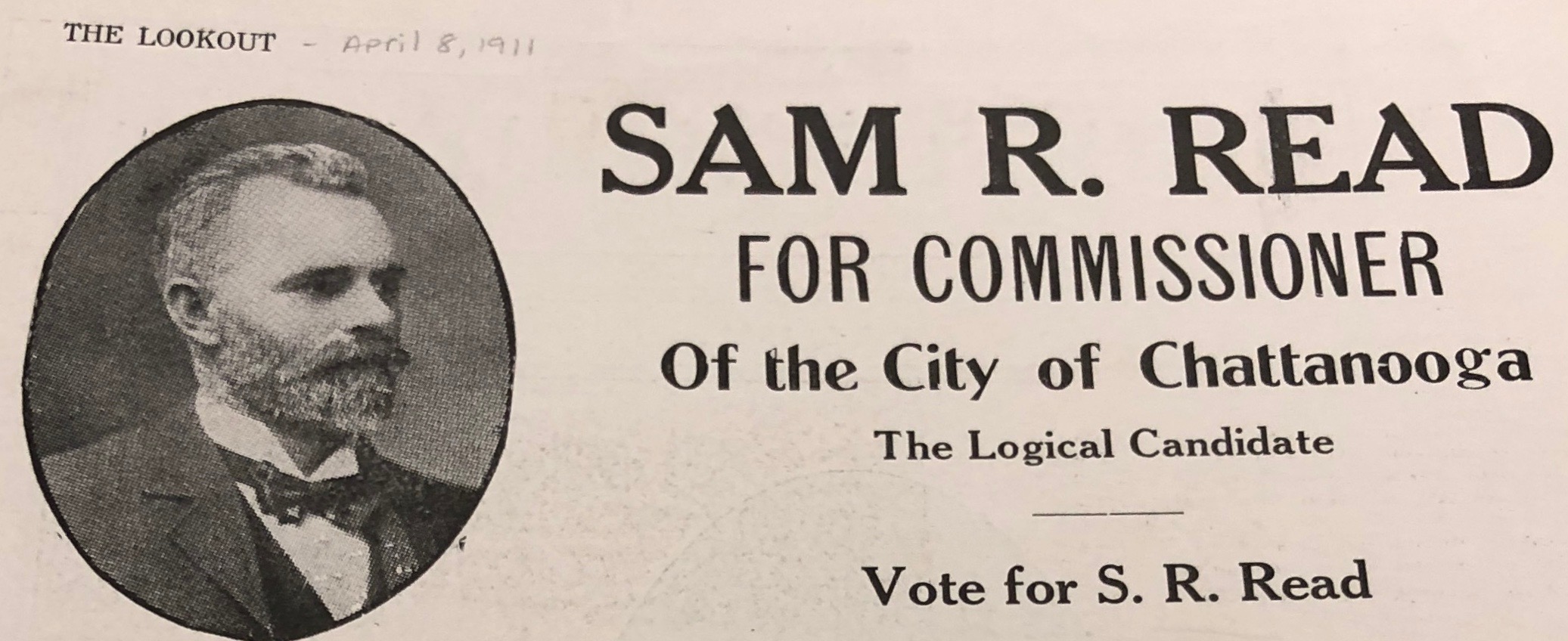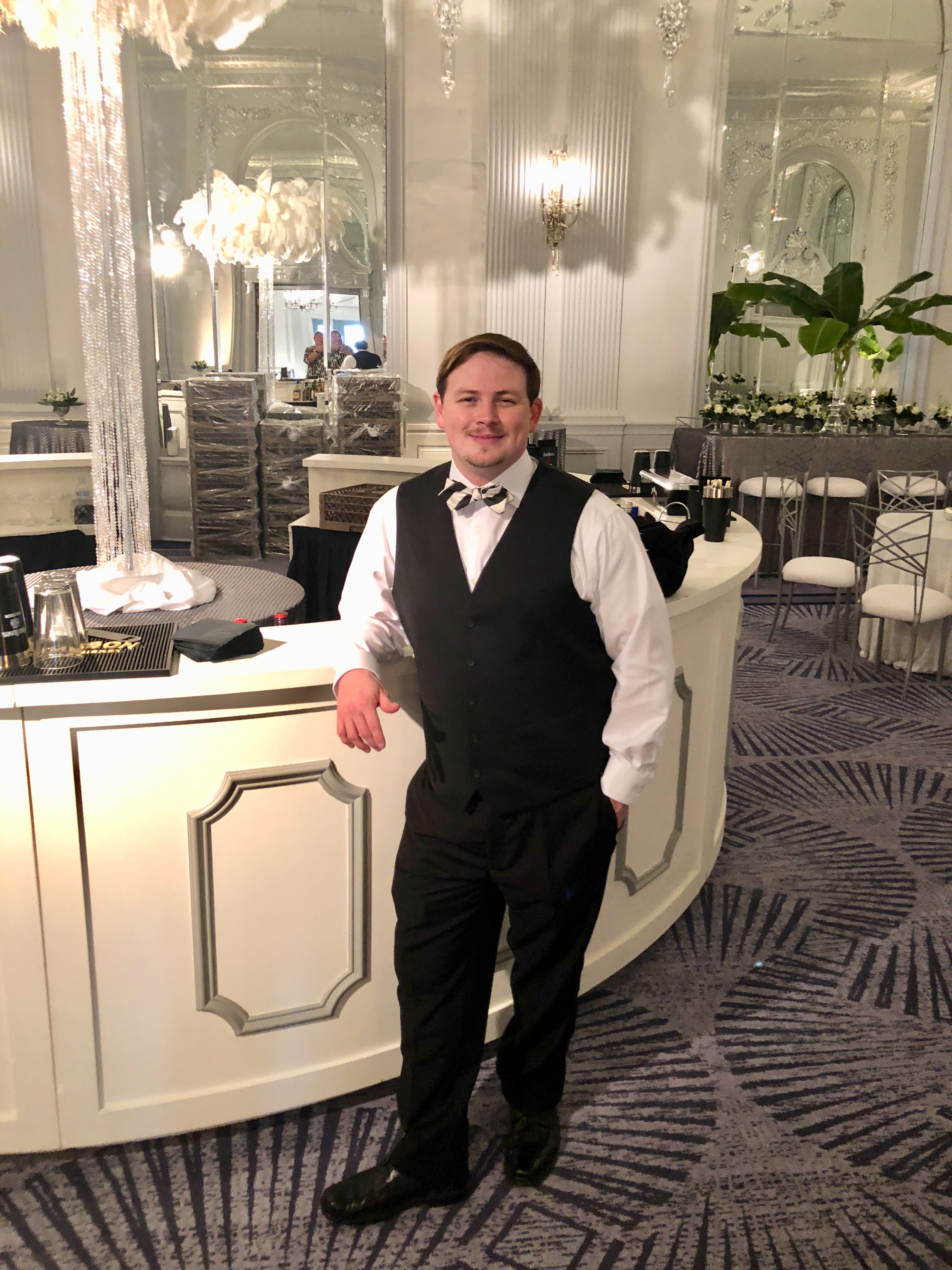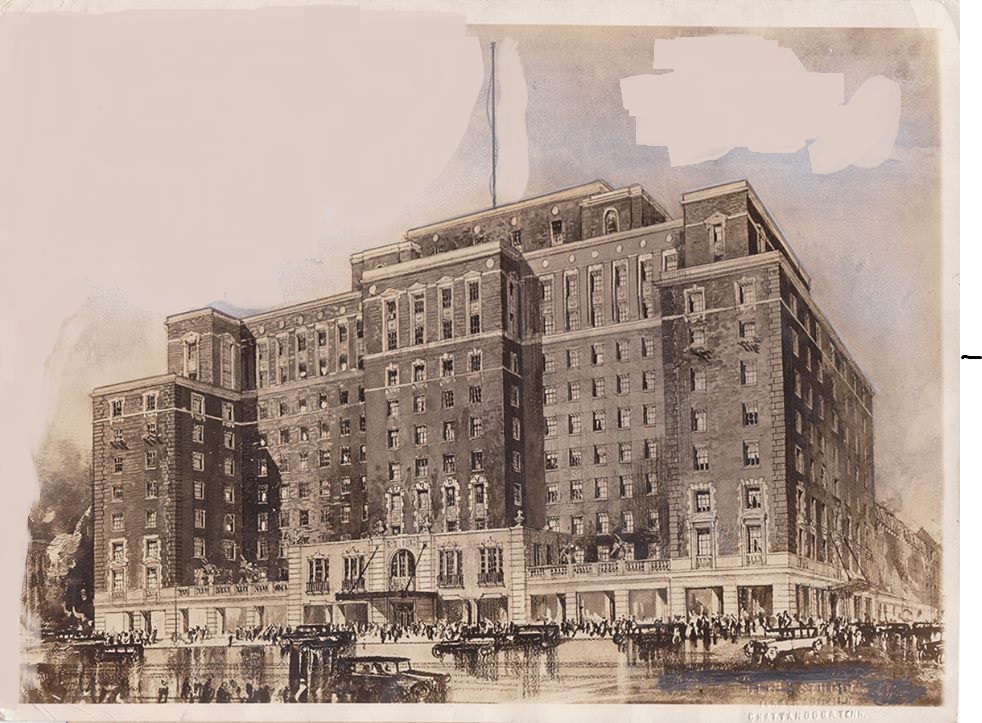When Tyler Logue, 30, joins other history buffs at Chattanooga Area Historical Association meetings, he is the youngest person in the room by about 40 years, he says.
Logue, a former Starbucks barista and Covenant College history major, is the part-time historian at the Read House, a nearly 150-year-old hotel in downtown Chattanooga known for a supposed apparition in Room 311.
"For somebody who is supposed to be a ghost, she sure does take up a lot of oxygen," said Logue, who has repeatedly told the story of Annalisa Netherly, a Read House guest who was supposedly murdered in the bathtub by a jealous lover in the 1920s.
Over the decades, guests have reported strange occurrences in Room 311. During a recent $28 million renovation of the Read House, Room 311 was the only room where workers had to cut through a door to get inside.
Still, Logue wants you to know there are other interesting characters associated with one of Chattanooga's oldest landmarks, which was designed to look like an English manor house.
There's Samuel R. Read, the proprietor of the Read House for 63 years, who transformed the business from a 50-room hotel to a 250-room complex.
"He was a visionary and innovator," Logue said. "He was always willing to modernize."
Dr. John T. Read, Samuel R. Read's father, opened the Read House in 1872. In the mid-1920s the original hotel structure was mostly demolished and rebuilt on the same site. Samuel R. Read operated the hotel until 1943.
Another of Logue's favorite stories involves an unfortunate soul, a traveling salesman named Lane McQuiddy, who died in 1916 after being mortally injured in an explosion inside the Read House while writing a letter to his mother.
Logue also likes to tell about famous people who have been guests or speakers at the Read House. The A-list includes Winston Churchill and Elvis Presley. United States presidents who have stayed there include William McKinley, Andrew Johnson, Ronald Reagan and Grover Cleveland.
Logue has great affection for the Read House, which will celebrate 150 years of continuous operation next January, and says he is honored to be its historian.
"The Read House holds a special place in my heart," said Logue, who worked in the Starbucks coffee shop inside the hotel before taking a job at Unum.
Logue began researching the history of the Read House on his own several years ago and eventually gathered enough material to design a brochure. On a whim, he asked to meet with Read House managers and pitched the brochure as a way to highlight the landmark's rich history.
Almost immediately, Read House leaders asked Logue to lead a history orientation for new employees, and he remains on standby for special projects that require his expertise. He has also organized historical documents and artifacts on site.
For the first 106 years of its existence, the Read House had only three owners. Then, from 1979 to the present day there have been nine owners, Logue said. Because of all the ownership changes in recent decades, chronicling the history of the property has become Logue's personal mission.
"The Read House is a symbol of the fortitude of Chattanooga," he said. "It didn't close. It didn't disappear. The Read House grew up with Chattanooga."
Logue said the property survived the cholera epidemic of 1873, the yellow fever scourge of 1878, the great flood of 1886 and the COVID-19 pandemic of 2020.
"There were only seven people working in the building including the manager and general manager [at points in 2020], and they were cleaning bedrooms," Logue said.
At one point, Logue said, Ken Merkel, general manager at the time, told him, "Tyler, we have not closed. We have been true to the history of this place."
"Ken, thank you so much," Logue replied.
It's almost as if Logue has become the soul of the hotel, the keeper of the flame. One imagines Samuel R. Read would be proud.
Contact Mark Kennedy at mkennedy@timesfreepress.com.
View other columns by Mark Kennedy



